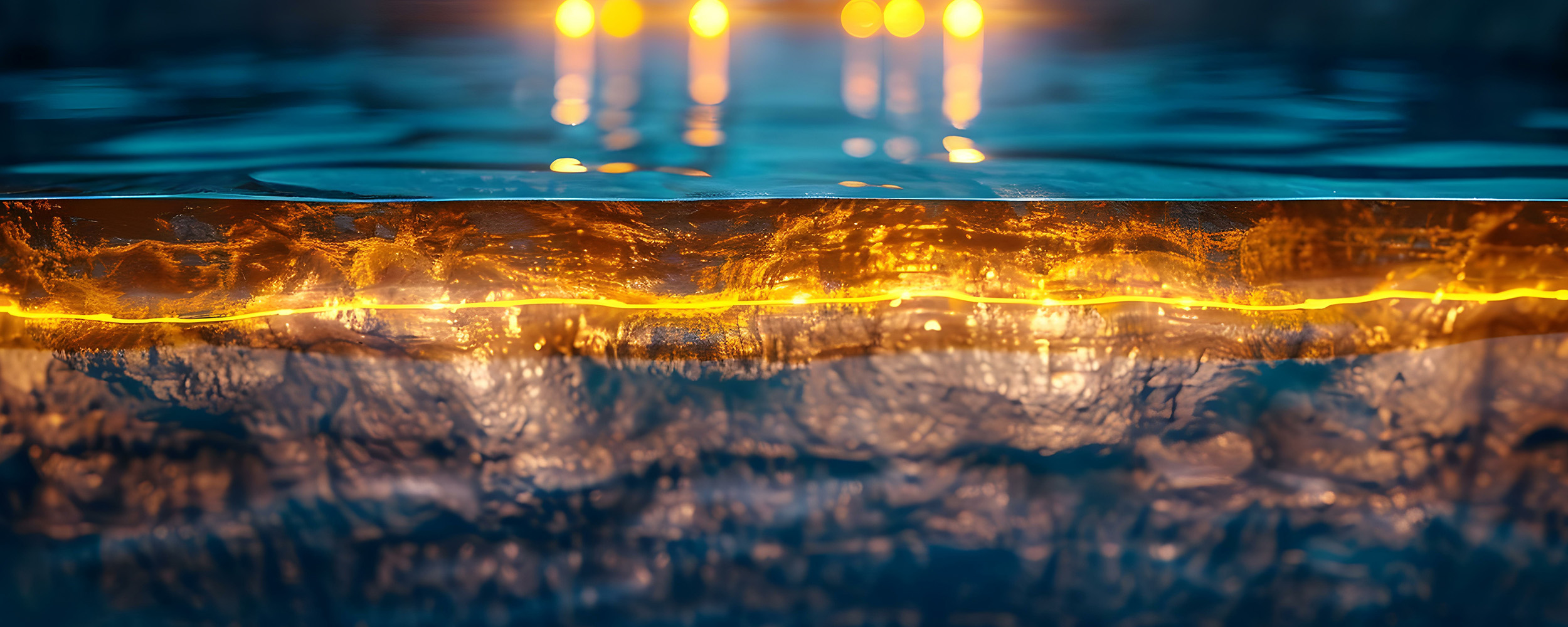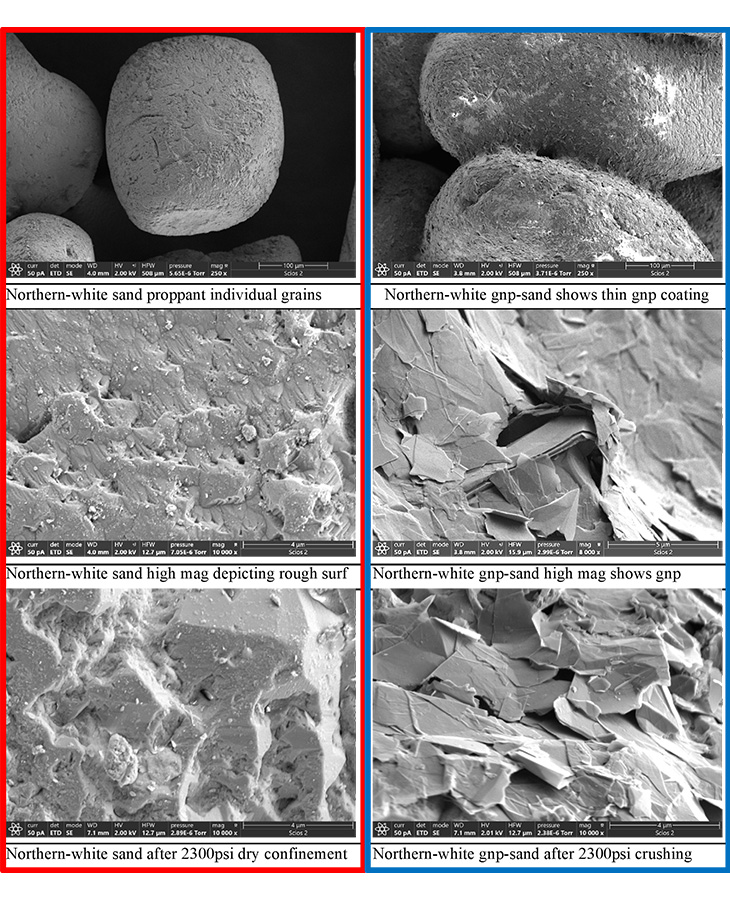
Mileva Radonjic secures grant for groundbreaking geothermal energy project
Tuesday, October 29, 2024
Media Contact: Kristi Wheeler | Manager, CEAT Marketing and Communications | 405-744-5831 | kristi.wheeler@okstate.edu
In an endeavor to enhance the power of renewable energy, Dr. Mileva Radonjic, professor and Samson Investment Chair in Petroleum Engineering, has secured over $3 million in funding for a research project from the Utah FORGE project.
This significant three-year sub-recipient award from the University of Utah is part of a Department of Energy initiative to enhance fracture conductivity in enhanced geothermal systems.
Radonjic’s research team includes esteemed colleagues: Dr. Christine Ehlig-Economides and Dr. Jeffrey Rimer from the University of Houston, Dr. Jonny Rutqvist from the Lawrence Berkeley National Laboratory, Dr. Andrew Bunger from the University of Pittsburgh, and Dr. Hunjoo Lee, who joins Radonjic from Oklahoma State University.
Together, they are working to develop a way to optimize geothermal energy extraction by addressing a critical component of the process: maintaining fracture conductivity to ensure efficient heat transfer and fluid flow.

Understanding the process
Geothermal energy harnesses the Earth’s internal heat, circulating large volumes of water or supercritical CO2 (scCO2) through fractures in hot, dry rocks deep beneath the surface.
The water, initially cool, absorbs heat from these rocks, becoming hot enough to generate electricity upon its return to the surface.
Central to this process is the placement of granular material, known as proppant, which keeps the fractures open, allowing continuous fluid flow and heat transfer.
However, geothermal reservoirs present harsh conditions — high temperatures, stress and corrosive environments — that deteriorate proppant materials over time. This project aims to develop more resilient proppants to enhance the longevity and efficiency of geothermal systems.
Innovative materials: The key to success
Inspired by recent advances in materials science, the team is exploring the use of
graphene coatings to improve proppant performance.
Graphene’s unique properties can alter surface chemistry, significantly enhancing
material durability. This innovative approach stems from Radonjic’s previous research
with graphene nanoplatelets, showcasing the transformative potential of advanced materials
in geothermal applications.
Global impact and community benefits
The implications of this research are far-reaching. By unlocking the full potential of geothermal energy, communities can access a stable, renewable energy source for heating and electricity.
Homeowners could see reduced energy bills through geothermal heat pumps, while entire regions might harness geothermal power for large-scale electricity generation.
Ehlig-Economides emphasizes the societal importance of this work.
“Geothermal offers an abundant amount of renewable energy that can be used for heating
and electricity generation,” she said.
Bunger also discussed the critical need for this research.
“It is, therefore, of the utmost importance to society to unlock this resource,” he said.
Nurturing future experts
Beyond technological advancements, the project also prioritizes workforce development.
Each team member teaches courses specific to geothermal energy, preparing the next
generation of professionals to contribute to the energy transition.
Radonjic highlights the interdisciplinary nature of their work.
“To investigate complex subsurface phenomena, it is critical to form diverse interdisciplinary teams from multiple institutions, bringing extensive theoretical, laboratory and field experience,” she said.
“This project brings together a great research team that amplifies our individual capabilities many times over. In addition, Utah FORGE provides an unmatched platform for exchange of data, samples and knowledge, from which we will benefit initially and hopefully contribute as the project progresses.”

A leader in energy research
Radonjic’s journey from Serbia to the United States through England exemplifies her
resilience and dedication.
With a Ph.D. and postdoctoral research from Bristol University and Princeton University,
respectively, she has a rich background in both academic and industry settings. Her
work with organizations like the Federation of American Scientists and BP America
has shaped her energy and environmental research expertise.
Since joining OSU in 2018, Radonjic has led numerous projects focusing on the environmental
aspects of the energy industry, including wellbore integrity and greenhouse gas mitigation.
Her commitment to representing historically underrepresented groups further underscores
her holistic approach to research and education.
Looking ahead
Radonjic and her team are not only advancing geothermal technology but also paving
the way for a sustainable energy future.
Their work promises to significantly benefit local communities and contribute to global
renewable energy solutions.
Through innovative research and a commitment to excellence, Radonjic and her team are illuminating the path toward a cleaner, more sustainable world.
“Working with Planet Earth and Mother Nature is always a better solution than going against them, as it helps us sustain life, manage resources and secure a brighter future for new generations,” Radonjic said.
Photos: Adobe Photo Stock and Cody Maison
Story by: Desa James | IMPACT Magazine
